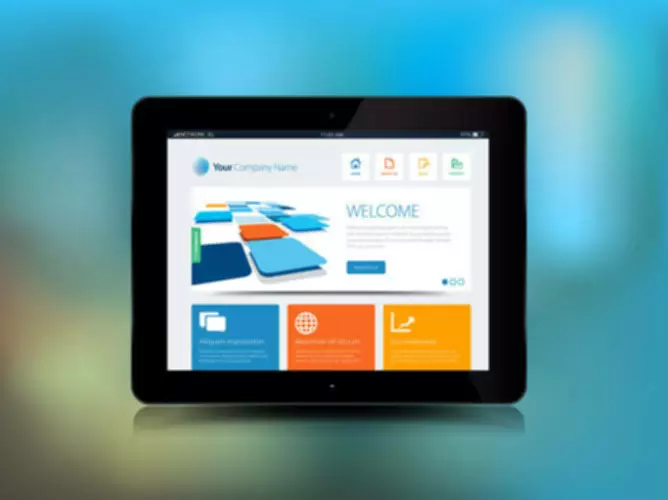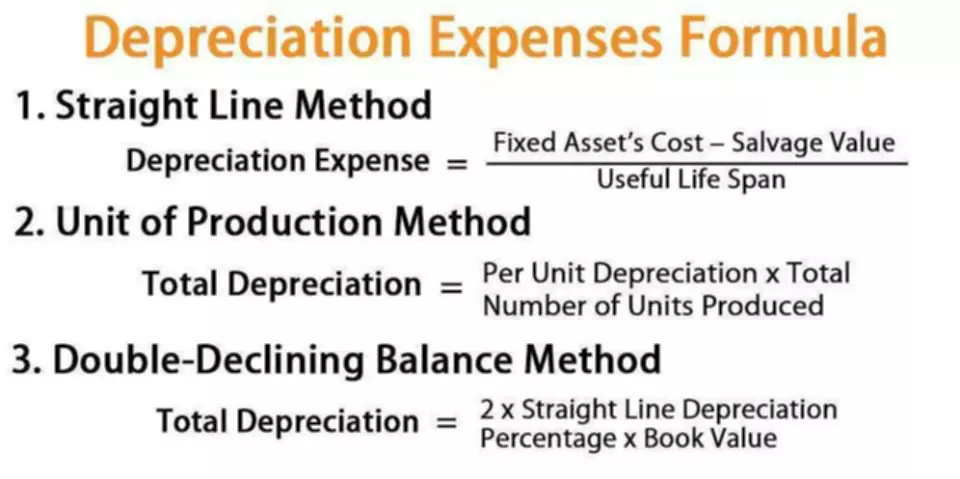Content

; however, the entire lease payment is reported above the EBIT under the Operating lease. In the Operating Lease, there is NO balance sheet impact. Records the underlying asset as its asset, which means that the lessor is treated as a party that happens to be financing an asset that the lessee owns. Lessor A lessor is an individual or entity that leases out an asset such as land, house or machinery to another person or organization for a certain period. Get instant access to video lessons taught by experienced investment bankers. Learn financial statement modeling, DCF, M&A, LBO, Comps and Excel shortcuts.

D. For capital leases, tubs must also maintain a schedule of payments showing amortization of the lease-related liability. C. A lease with annual lease year cash payments below $250,000 must not be capitalized; it must be treated as an operating lease. B. A lease with annual lease year cash payments between $250,000 and $999,999 that meets the capital lease criteria outlined in Procedure 4 below may be capitalized at the discretion of the tub. The present value of the lease payments equals at least 90% of the total original cost of the equipment.
Get Help with a Finance Lease
The life of the lease is eight years and the economic life of the asset is eight years. The current and accumulated expenses for the lease are amortized, with part of the cost written off as an expense for the term of the lease. The drawbacks to operating leasing are that leases are usually more expensive on a monthly basis and some leases are not eligible for tax-saving depreciation allowances. capital lease vs operating lease In general, businesses lease vehicles and equipment to fund their business without having to finance a purchase of equipment. For example, a business that uses vans or trucks for deliveries can lease those vehicles without having to get a loan or tie up funds for the purchase. If you are leasing a high-technology piece of equipment you will probably have an operating lease.
- However, situations may occur where leases classified as operating under ASC 840 may be considered finance leases under ASC 842 as a result of the additional classification criteria.
- Determine whether it’s an operating or a finance lease.
- Due to this, there is a high risk of obsolescence involved in the capital lease.
- All leases allow organizations to “pay as they go” for the use of a needed asset without the burden of ownership and oftentimes with limited maintenance responsibilities.
In addition, to spending time with family, Mr. Yaris volunteers his time helping spread the message of the ACLU and he supports many local charities focused on families and children. Title to the property remains with the lessor throughout the contract term. The University may have the right to take possession of the property at the end of the contract, or earlier, subject to payment of any outstanding principal and the buy-out amount specified in the https://www.bookstime.com/ contract. Seek Capital is not a lender, loan broker or agent for any lender or loan broker. We are an advertising referral service to qualified participating lenders that may be able to provide refferals to lenders, credit repair companies, banks and trusted partners. Not all lenders can provide amounts advertised and there is no guarantee that you will be accepted by a lender. We do not control and are not responsible for the actions of any lender.
How to Account for a Lease Liability on a Cash Flow Statement
The present value of lease payments is less than 90% of the equipment's fair market value. One of the advantages of leasing is being able to replace equipment as it becomes obsolete. If you owned equipment, you would have to dispose of the old equipment and buy a newer model. A lease also makes it easier to increase capacity temporarily; you just sign a short-term lease for the equipment instead of buying it. With an operating lease, the equipment being leased is returned at the end of the lease. This is a viable option for equipment you only need temporarily. Leasing contracts are usually classified as operating or capital leases.

The criteria that qualify a lease as a capital lease or an operating lease are described below. Accounting for an operating lease is different than accounting for a capital lease. With an operating lease, you record the lease payments as operating expenses. You would not list the equipment on the balance sheet, because you do not own it.
